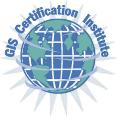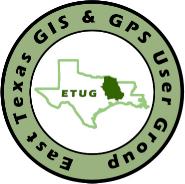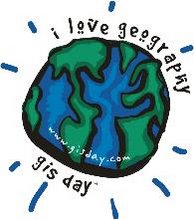
Good day! Not much new for today. No meetings, which is a minor miracle. We are still fighting the Chechem at home. We also got our fill on some decent sushi last night. The girlfriend hasn't had any sushi in three months and needed some bad. It's nice not having many meetings and no plans for the week. I should try this more often.
BoatingSF has a cool mashup that shows the recent positions of boats in the San Francisco Bay area. "The ship tracks shown on our San Francisco Bay ship tracking page come from a system called AIS (Automatic Identification System). Starting in 2002, all new commercial ships over 300 gross tons, and all new passenger vessels, are required to include AIS transponders. The AIS system transmits information encoded on two VHF channels, at 161.975 MHz 162.025 MHz. Transmissions use 9600 bit per second GMSK FM modulation and HDLC packet protocols. Each ship transmits during one of 2,250 time slots, so all ships can share the two channels. The two channels provide redundancy and some level of protection from interference. Transmission range is basically line-of-sight, like VHF voice traffic. Typical range is 20 nautical miles. The AIS transponder receives information from the ship's other navigational instruments. Position, course, and speed over ground information is typically provided by a GPS receiver. The ship's officers must enter information such as ship name, ship type, ship dimensions, and estimated time of arrival. This information is not always entered correctly and is sometimes out of date, which accounts for the peculiar information occasionally seen in the ship information panel on our ship tracking page. Ships that are moored or at anchor are required to transmit their position information at least every 3 minutes. Ships moving at up to 14 kts must transmit their position every seconds; at up to 23 kts, every 6 seconds; and at faster speeds, every 2 seconds. In addition, static information (such as the ship's name, destination, and estimated time of arrival) is transmitted separately every 6 minutes.
BoatingSF.com's San Francisco Bay ship tracking page displays information received from a SR161 receiver, supplied by Milltech Marine. The receiver is located in the Berkeley Hills. It connects to a serial device server, which converts the RS-232 signal to Ethernet and acts as a TCP/IP server. Our Web server maintains a TCP/IP socket connection to the serial device server and processes the data stream. Custom PHP software on our Web server decodes the messages and stores the AIS reports in a MySQL database. Every five minutes, software running on the Web server analyzes the last hour of AIS reports and creates an XML file that summarizes these reports. When you load our San Francisco Bay ship tracking page, a Flash program reads this XML file from the server and displays the animated ship positions. To reduce the amount of data that must be sent, the server provides position reports on a one-minute interval, and the Flash program interpolates from these positions." Too cool!!!!!! They make it sound so simple. Check it out at
http://www.boatingsf.com/ais_map.php.
 Good morning! I need a weekend from my weekend. We were in Dallas this weekend visiting the girlfriends sister. We stayed up a bit too late both Friday and Saturday night. We also had basically every Asian food possible. Dim-Sum (Chinese if you didn't know), Phillipino, Korean and Japanese. Yummm! This afternoon at work we will proceed with our GIS Day plans and have a meeting to discuss were we are. Have a good day!
Good morning! I need a weekend from my weekend. We were in Dallas this weekend visiting the girlfriends sister. We stayed up a bit too late both Friday and Saturday night. We also had basically every Asian food possible. Dim-Sum (Chinese if you didn't know), Phillipino, Korean and Japanese. Yummm! This afternoon at work we will proceed with our GIS Day plans and have a meeting to discuss were we are. Have a good day!






























